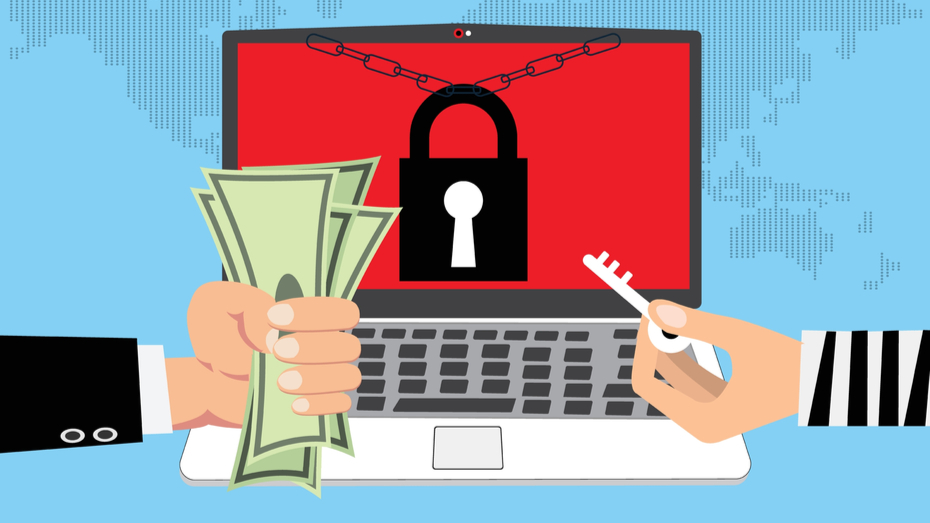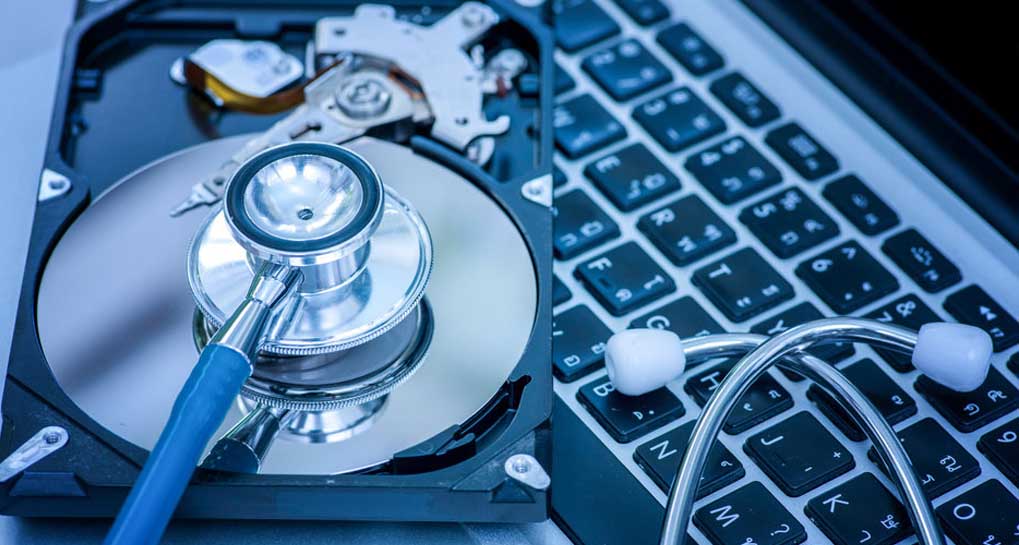Maximizing Efficiency: Energy-Saving Hacks
Understanding Energy Consumption
Understanding how energy is consumed in your home is the first step toward maximizing efficiency. Take the time to assess your energy usage patterns and identify areas where improvements can be made. This may include monitoring your electricity and gas bills, conducting a home energy audit, or using smart energy monitoring devices to track usage in real-time.
Sealing Air Leaks
Air leaks can account for a significant amount of energy loss in your home, leading to increased heating and cooling costs. Take the time to identify and seal any air leaks around doors, windows, and other openings using weather stripping, caulking, or foam insulation. Pay particular attention to areas where pipes, wires, and ducts penetrate exterior walls, as these are common sources of air leaks.
Improving Insulation
Proper insulation is essential for maintaining a comfortable indoor temperature and reducing energy costs. Insulate your attic, walls, floors, and basement to prevent heat loss in the winter and keep cool air in during the summer. Consider upgrading to high-efficiency insulation materials, such as spray foam or cellulose, for maximum effectiveness. Additionally, ensure that your doors and windows are properly insulated to minimize heat transfer.
Upgrading to Energy-Efficient Appliances
Older appliances can be energy hogs, consuming more electricity or gas than necessary to perform their functions. Consider upgrading to energy-efficient appliances, such as ENERGY STAR-rated refrigerators, washing machines, and dishwashers, which are designed to use less energy while providing the same level of performance. Additionally, consider replacing incandescent light bulbs with energy-efficient LED or CFL bulbs to reduce lighting costs.
Optimizing Heating and Cooling Systems
Heating and cooling account for a significant portion of home energy usage, particularly during extreme temperatures. Maximize efficiency by properly maintaining your HVAC system, including regular filter changes, annual inspections, and prompt repairs. Consider upgrading to a programmable or smart thermostat, which allows you to adjust temperatures based on your schedule and preferences, saving energy while maintaining comfort.
Implementing Energy-Saving Habits
Simple changes in behavior can lead to significant energy savings over time. Get in the habit of turning off lights, appliances, and electronics when not in use, and unplug devices that continue to draw power in standby mode. Use natural light whenever possible and opt for energy-saving settings on computers, televisions, and other electronics. Additionally, consider adjusting your thermostat settings to reduce energy usage when you’re away from home or asleep.
Harnessing Renewable Energy Sources
Consider harnessing renewable energy sources such as solar or wind power to supplement or replace traditional energy sources in your home. Installing solar panels on your roof or purchasing renewable energy credits can help reduce your reliance on fossil fuels and lower your carbon footprint. Additionally, consider investing in energy-efficient windows, doors, and skylights to further enhance energy savings and comfort in your home.
Conclusion
By implementing these energy-saving hacks, you can maximize efficiency in your home, reduce energy costs, and minimize your environmental impact. Take a proactive approach to energy conservation, and you’ll reap the rewards of a more comfortable, sustainable living space for years to come. Read more about ways to save energy in your home





